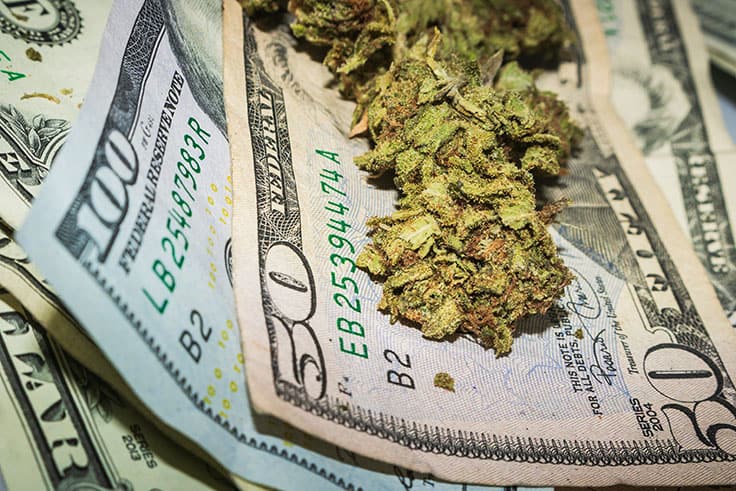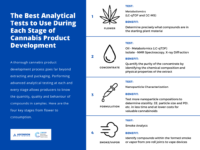A study published by the Biomedical Research Institute at the University of Cordoba found that Delta-9
Tetrahydrocannabinolic acid (THCA) shows promise in relieving inflammation associated with non-alcoholic fatty liver disease (NALD), which is common in people with type 2 diabetes mellitus, obesity, and dyslipidemia.[1]
NAFD is widespread in the western world and affects approximately 25% of the US population. Essentially, liver disease develops due to the build up of fat in the liver. As the name suggests, this damage is not caused by high alcohol consumption, but rather by a high-fat diet.
Because many cannabinoids have anti-inflammatory properties, the researchers used a preclinical model to study the effects of THCA, a non-intoxicating cannabinoid acid, on NAFD.[1] Mice were given a 23 week high fat diet to induce liver fibrosis and THCA was given during the last three weeks of the diet. Cellular and genetic analyzes were used to determine the presence of liver damage or fibrosis.
The researchers found that THCA “significantly decreased” liver fibrosis and inflammation by reducing body weight and improving glucose tolerance.[1] They concluded that THCA could prevent liver fibrogenesis, suggesting potential future uses in humans.
While the results of the study are promising, much more research is needed before any definitive conclusion regarding THCA and NAFD can be drawn.
This study was published in bioRxiV, a magazine that publishes preprinted forms. This means that the study has not been peer reviewed or that other experts in the field will review the results and determine whether the work is suitable for publication. Therefore, it is always worth rereading the study once it has been properly reviewed and published in its final form. Take this into account before drawing any conclusions about the results.
bioRxiV notes:: “As a reminder, these are preliminary reports that have not been peer-reviewed. It should not be considered conclusive, directing clinical practice / health-related behavior, or reported as established information in the news media. “
Credit: Artem Podrez
Image source: https://www.pexels.com/photo/a-man-looking-through-the-microscope-5726834/
reference
- Carmona-Hidalgo B. et al. Δ9-tetrahydrocannabinolic acid significantly reduces liver fibrosis and inflammation in mice. Phytomedicine. 2021; 81: 153426.


